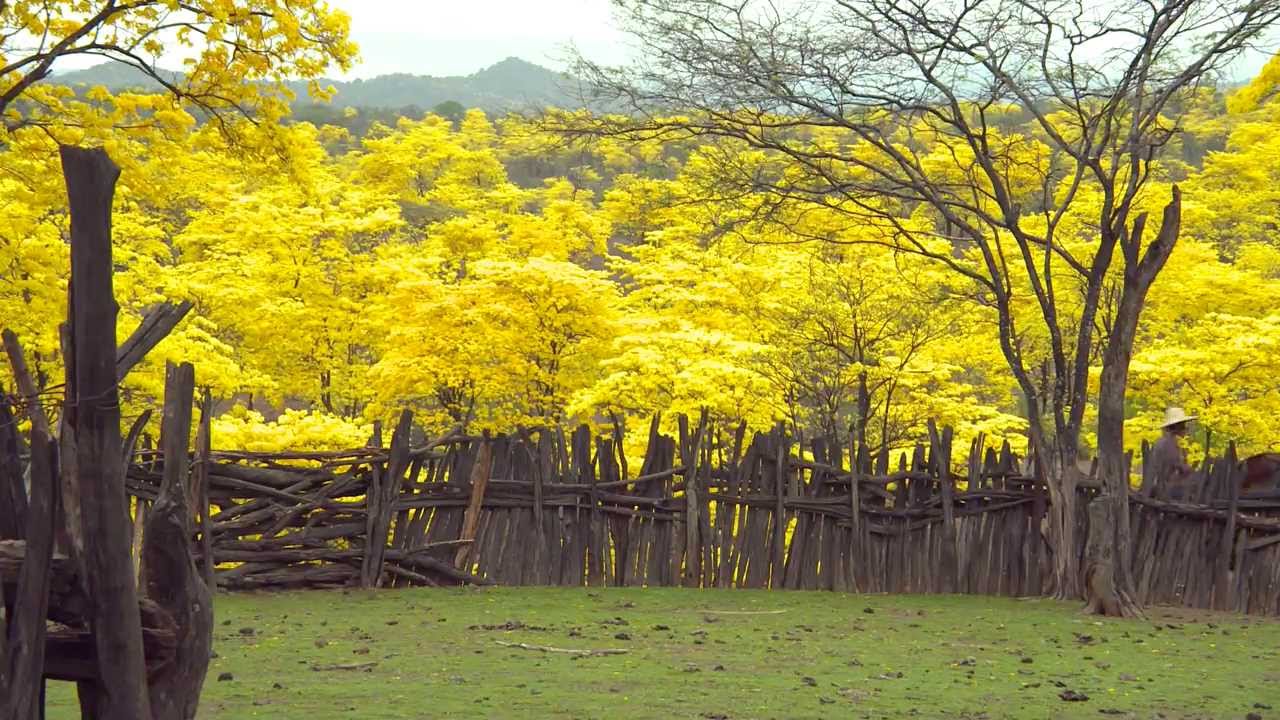For your trip to Ecuador and the Galapagos Islands, ITK Travel gives you some useful and necessary information below to better prepare your next adventure to Ecuador & Galápagos.
Ecuador Practical Information
Español, Kichwa (indigenous Andean & Amazonian language), and Shuar (indigenous Amazonian language) since 2008.
In Ecuador, you do not need a Visa: your passport gives you 90 days access to Ecuador.
ATTENTION: Your passport must be valid for up to 6 months after your entry into Ecuadorian territory.
US dollar ($). The same currency as in the USA. Remember to take small denominations since Ecuadorian businesses rarely accept bills over $ 20. In addition, the $ 50 and $ 100 banknotes cannot be changed in Ecuador.
Foresee a North American type adapter
+593 (cellphone number)
GMT -5. In Ecuador, night falls around 6.30 p.m. and day breaks around 6 a.m. all year round. Quito time: GTM-5: -7h Paris time; -6h UK time (example: 2 p.m. in Quito / 8 p.m. in London); +2h US West coast (California); -1h US East coast (NYC) ; and +9h Australia time).
All credit cards are accepted in Ecuador. You will find ATMs in all the major cities of the country (Quito, Guayaquil, Otavalo, Ambato, Riobamba, Cuenca, etc.). While in the Galapagos, only the islands of San Cristobal, Isabela and Santa Cruz have an ATM.
Before your arrival, ask your advisor if your bank has agreements with Ecuadorian banks to allow you to withdraw money in our country. With some banks, there are complications..
Quito, Cuenca, Riobamba and Guayaquil offer many museums. Besides, there are a few Inca and Pre-Inca sites in rural areas.
Ecuador, which is rich in its four regions, offers dishes with the most diverse flavors such as ceviche, cuy, locro de papa soup, llapingachos, etc. Moreover, Ecuador is a paradise for fruits and one of the world’s largest producers of coffee and cocoa. Count between 5 and 35 dollars per meal depending on the category of the restaurant chosen.
Geography of Ecuador
Ecuador, bordered by Colombia & Perú, is a Latin-American country with an area of 283.000 km2, (109.000 mi2) which is about half of France; About 1.2 times bigger than the United Kingdom, and roughly the size of US Colorado state 269.000 km2 (104.000 mi2).
Ecuador’s population is 18.2 million inhabitants (2024).
The political capital of Ecuador is Quito (located at an altitude of 2.850 m/9.350 ft), which is the second highest capital worldwide, after La Paz-Bolivia. Quito DM has 1,9 million inhabitants.
The Ecuadorian Economic capital is Guayaquil port city. This port city is the main and biggest in the country, with about 3,1 million inhabitants.
Although the climate is fairly stable all year round, there are two variations: April is rainier and August is windy, hotter, and drier.
In the Galapagos, from October to May, since the water is warmer, there are fewer animals. The Humboldt Current arrives in June; it cools the water temperature and brings in a very important fauna.
Ecuador is divided into 4 regions with radically different biotopes and they are mentioned below.
– The Amazon Rainforest in the East
– The Andes in the centre
– The Pacific coast in the West
– The Galapagos archipelago in the west (about 1000kms/621 mi from the coast)
– Quito: The first city in the world to be declared a World Heritage Site by UNESCO. Quito is the political capital of the Republic of Ecuador. Located in the heart of the Andes, it measures approximately 50 km/ 31mi in length and 4 km/ 2,4mi in width and is perched at an altitude of 2850 m/ 9350ft. Quito has a population of around 1,9 million inhabitants.
– Guayaquil: Being the port city and economic capital of the country, Guayaquil has nearly 3,1 million inhabitants. It is located to the south-west of Ecuador, on the Pacific coast.
– Cuenca: Another colonial city located in the Andes; Cuenca is at an altitude of 2400 m/ 7874ft. The city has about 500,000 inhabitants. It is the second city listed as a UNESCO World Heritage Site in Ecuador.
Ecuador Weather
Due to the geography of the country, the climate is particularly unpredictable in Ecuador. The people of Quito are used to experiencing all 4 seasons (or 2 seasons actually) in one and the same day. Furthermore, there is no reliable forecast in Ecuador. The climate varies enormously depending on the regions and the seasons. As a general rule we have sunny mornings and chilly/rainy afternoons!
Given below is the climate trend:

Since the Amazon is a humid region, it rains throughout the year. However, from March to June, the rains are most abundant. Air temperatures range between 19 and 27 degree Celsius (68-84 fh)

February to May / June: Rainy season.
June to September: Dry and sunny season, and it is often windy. Some possible rains are expected on the heights.
October and November: Shoulder season.
December and January: Generally quite dry and sunny without wind.
Air temperatures range between 8 and 25 degree Celsius (46-80 fh) in Quito (2850m/9350ft). They drop considerably when you climb altitudes. For example, when climbing Cotopaxi (5890m/19325ft), temperatures are often negative. They can reach -20/-30 degree Celsius (-4/-22 fh) At the refuge (4800m/15748ft), they are generally between 0 and 8 degree Celsius (32/46 fh).

January to May / June: Wet season.
June to January: Dry season.
In the warmer regions, the air temperature ranges between 23 and 35 degree Celsius. The water temperature is always pleasant (at 20 to 27 degree Celsius). Offshore, it is sometimes colder. This is the case at Isla de La Plata where the water temperature can drop to 17 degree Celsius.

January to May: Hot and humid season with temperatures that range between 25 and 35 degree Celsius (77/95 fh). Hot water with temperatures that range between 22 and 26 degree Celsius (71/78 fh).
June to October: “Cold” and dry season with temperatures that range between 17 and 27 degree Celsius (62/80 fh). Fresh water with temperatures that range between 17 and 22 degree Celsius (62/71,6 fh).
November and December: Shoulder season with temperatures that range between 20 and 30 degree Celsius. Pleasant water temperature is around 22 degree Celsius (71 fh).
Transport
The main roads are in good condition and all asphalted. It is only the secondary roads that are sometimes a little less maintained. Interprovincial buses are plentiful, such that it is almost impossible to predict the time of departure. Besides, it helps to have some guts since the drivers of private bus companies often drive quite quickly on mountain roads.
Ecuador offers a fairly impressive national air network that connects main cities as well as the Galapagos Islands.
Numerous daily flights connect Quito with the Amazon, Cuenca, Guayaquil, Manta, and the Galapagos.
Health Advice for Your Trip to Ecuador
1) We advise you to consult your doctor to detect or resolve a physical incompatibility with the altitude. On a cultural tour of Ecuador, you will easily climb to an altitude of 3500m/11483ft (Quito is already located at an altitude of 2850m/9350ft). During a high-mountain tour (andinism), you can climb up to an altitude of 6310 metres / 20703 feet.
2) The following are some of the pastilles that you can take for acute mountain sickness:
– Analgesics (Example: paracetamol to calm the headache).
– Acetazolamide also called Diamox (preventive treatment to be taken two days prior to ascent).
=> The best treatment in the event of an acclimatization problem remains the descent at a lower altitude!
In the Andes, there are no known cases of malaria. On the other hand, in Amazonia, on the Pacific coast, and in the Galapagos, mosquitoes are present, especially during the rainy season (zones classified in zone 3).
We advise you to take only a repellent that you will use all day on your clothes and skin (and especially at sunset).
If you prefer a 100% safe method that might cause allergies and depressive states during treatment, you can take the following: Savarine, Lariam, Malarone, etc.
No vaccine is required to travel to Ecuador. However, the Institute Pasteur recommends some of the following:
1) Tetanus: Recommended
2) Poliomyelitis: Recommended
3) Hepatitis A: Recommended
4) Hepatitis B: Recommended
5) Rabies: Recommended
6) Yellow fever if you will travel below an altitude of 2300 metres.
Everything you will need to treat a minor injury: a scratch, cut, strain, etc. (splint, alcohol, bandages, cottons, etc.).
In the event of a so-called serious injury, your insurance will have to cover the costs incurred and support. ITK voyage will be present only to accompany the traveller.
In the case of an adventurous and prolonged stay in the Amazon, an aspivenin is recommended.
Personal Equipment
The following are the recommended clothing:
—–
- 1 or 2 lightweight hiking pants.
- 1 or 2 warm hiking pants.
- 2 warm fleeces.
- 1 warm breathable jacket (gore-tex type).
- 1 waterproof jacket (k-way type).
- Breathable t-shirts.
- 1 pair of walking shoes.
- 1 pair of rest shoes.
- 1 pair of gloves for high altitude walks.
- 1 hat for high altitude walks.
- Beach clothing for coastal stays.
- Cap
Other recommended materials include the following:
—–
- 1 gourd.
- Sunglasses.
- Solar cream.
- Hiking bag (with a capacity between 25 and 45L).
- Trekking poles.
- Camera.
- Binoculars.
- Down (between 0 and -15 degree Celsius) when nights in a refuge or tent are planned.
The following are the recommended clothing:
—–
- 2 or 3 mountain pants.
- 1 light hiking pants.
- 2 or 3 warm fleeces.
- 1 warm breathable jacket (gore-tex type).
- 1 waterproof jacket (k-way type).
- Breathable long / short sleeved t-shirts.
- 1 pair of walking shoes.
- 1 pair of mountaineering boots that can be used for crampons.
- 1 pair of warm gloves.
- 1 hat or balaclava.
- Cap
Other recommended materials include the following:
—–
- 1 gourd or camelback. (Be careful, the water may freeze during ice climbs and blockyour water supply!)
- Sunglasses.
- Solar cream.
- Hiking bag (with a capacity between 25 and 45L).
- Trekking poles for acclimatization days.
- Camera.
- Binoculars.
- Down (between 0C and -15C) for the night in a refuge.
- Headlamp.
The following are the recommended clothing:
—–
- Light t-shirts.
- Light pants.
- Shorts.
- Lightweight waterproof jacket (k-way type).
- 1 or 2 fleeces for your evenings.
- Sunglasses.
- Cap.
- 1 pair of walking shoes.
Other recommended material.
—–
- Solar cream.
- 1 2/3/4 mm wetsuit for people wish for it (possibility to rent it on site).
- 1 terrestrial camera.
- 1 underwater camera.
- Binoculars.



